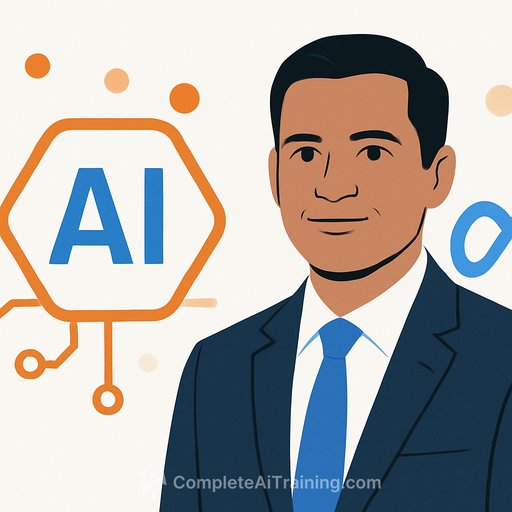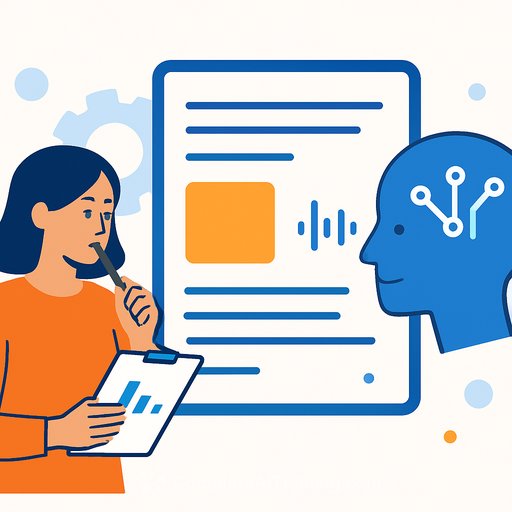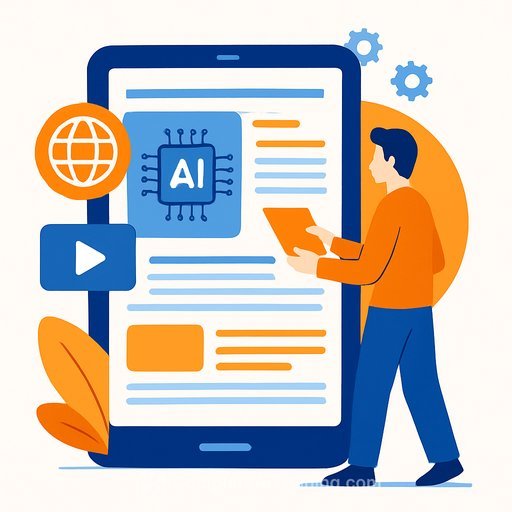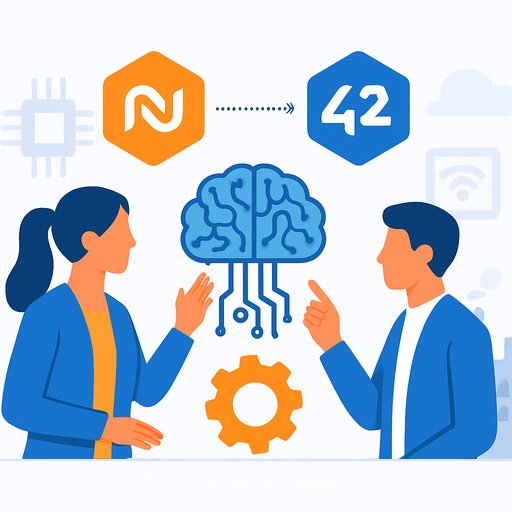Meta appoints Vishal Shah to lead AI product management - what it means for product leaders
October 28, 2025 - Meta has named Vishal Shah to lead product management for its artificial intelligence products. An internal memo, reported by the Financial Times and confirmed by the company to Reuters, outlines the shift. According to the report, Shah will report to Nat Friedman, Meta's head of AI product.
This move lands a week after Meta said it would eliminate about 600 roles in its Superintelligence Labs unit to make AI operations more flexible and responsive. In short: tighter org design, clearer ownership, and a push to ship faster.
Who is Vishal Shah?
Shah ran product management for Instagram for more than six years, then became VP of Metaverse in 2021. That mix matters. He's shipped at consumer scale, managed creator ecosystems, and worked across platform layers. Expect a focus on distribution, engagement loops, and measurable outcomes over pure research milestones.
Why this matters for product and engineering leads
AI is moving from lab demos to shipped products. Appointing a seasoned operator to own PM across AI signals a shift from exploration to execution. It's a clear mandate: align research, infra, and product around user-value and business metrics.
Signals in Meta's org design
- Central PM ownership for AI: One accountable leader reduces decision latency and clarifies trade-offs between platform and app bets.
- Closer link to AI product head: Reporting to Nat Friedman points to tighter integration between model roadmap and consumer experiences.
- Rebalance after layoffs: Consolidation after cuts suggests fewer parallel bets and more emphasis on reusable platforms and shared tooling.
What this could mean for Meta's AI roadmap
- Platform-first foundations: Invest in common model APIs, safety, evals, and data pathways that ship across Instagram, WhatsApp, and Facebook.
- Clear product tiers: Infra and model layers; platform services (search, recommenders, agents); end-user features with fast feedback loops.
- Sharper success metrics: From generic "AI wins" to concrete KPIs like session quality, creator earnings, response accuracy, and support deflection.
- Faster iteration: Standardized launch windows for model refreshes and guardrails to move quickly without blowing up reliability or trust.
Practical moves you can apply in your org
- Define the stack: Split ownership into Models, Platform, and Experiences. Assign a single PM lead to adjudicate cross-tier priorities.
- Stand up an AI Product Council: Weekly cadence across research, infra, privacy, policy, and security. Decisions timeboxed; minutes published.
- Institutionalize evals: Offline benchmarks, red-team tests, and online A/B gates before any broad rollout. Make safety a blocking check, not an afterthought.
- Hire T-shaped PMs: Depth in data or ML plus consumer sense. Fewer generalists, more PMs fluent in prompts, evals, and data contracts.
- Portfolio discipline: Kill experiments that don't hit leading indicators within two quarters. Double down where you have distribution and data advantage.
- Model strategy: Default to internal platforms for core use; allow external models for edge cases with strict data and cost controls.
- Shipping rhythm: Monthly model updates, quarterly platform upgrades, continuous feature releases gated by guardrails.
Questions to ask your team this week
- What's our single source of truth for AI metrics across research, infra, and product?
- Which two platform services (e.g., retrieval, summarization) could unlock the most features across teams?
- Where are we blocked by data quality or labeling-and who owns fixing it at the system level?
- What's our rollback plan if a model update degrades user trust or key KPIs?
Execution risks to watch
- Coordination tax: Centralization can stall if decision rights aren't explicit. Publish a RACI and stick to it.
- Model drift vs. product stability: Frequent updates can whipsaw UX. Version contracts, canary cohorts, and feature flags are your shock absorbers.
- Safety debt: Rushing to ship without eval depth invites incidents. Bake adversarial testing into the preflight checklist.
What to watch next at Meta
- AI features woven into Instagram, WhatsApp, and Facebook with clear user-facing value, not just demos.
- Hiring patterns for PMs and TPMs focused on agents, on-device inference, and data governance.
- Consolidation of overlapping AI efforts as the Superintelligence Labs changes settle.
If you want a structured way to upskill your team for AI-heavy roadmaps, explore curated tracks for product leaders at Complete AI Training.
For background on Meta's broader AI initiatives, see the company's AI hub: ai.meta.com.
Your membership also unlocks:










